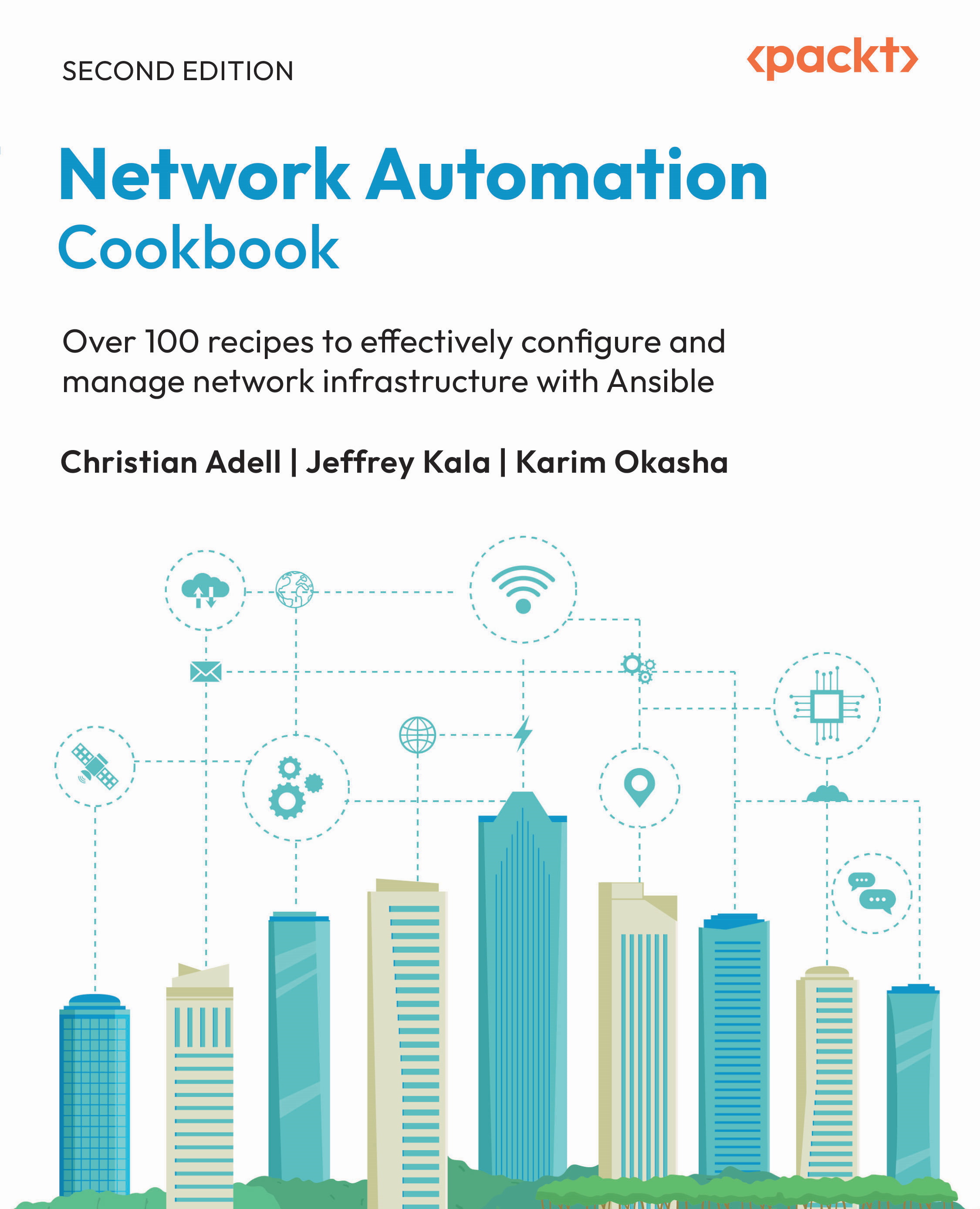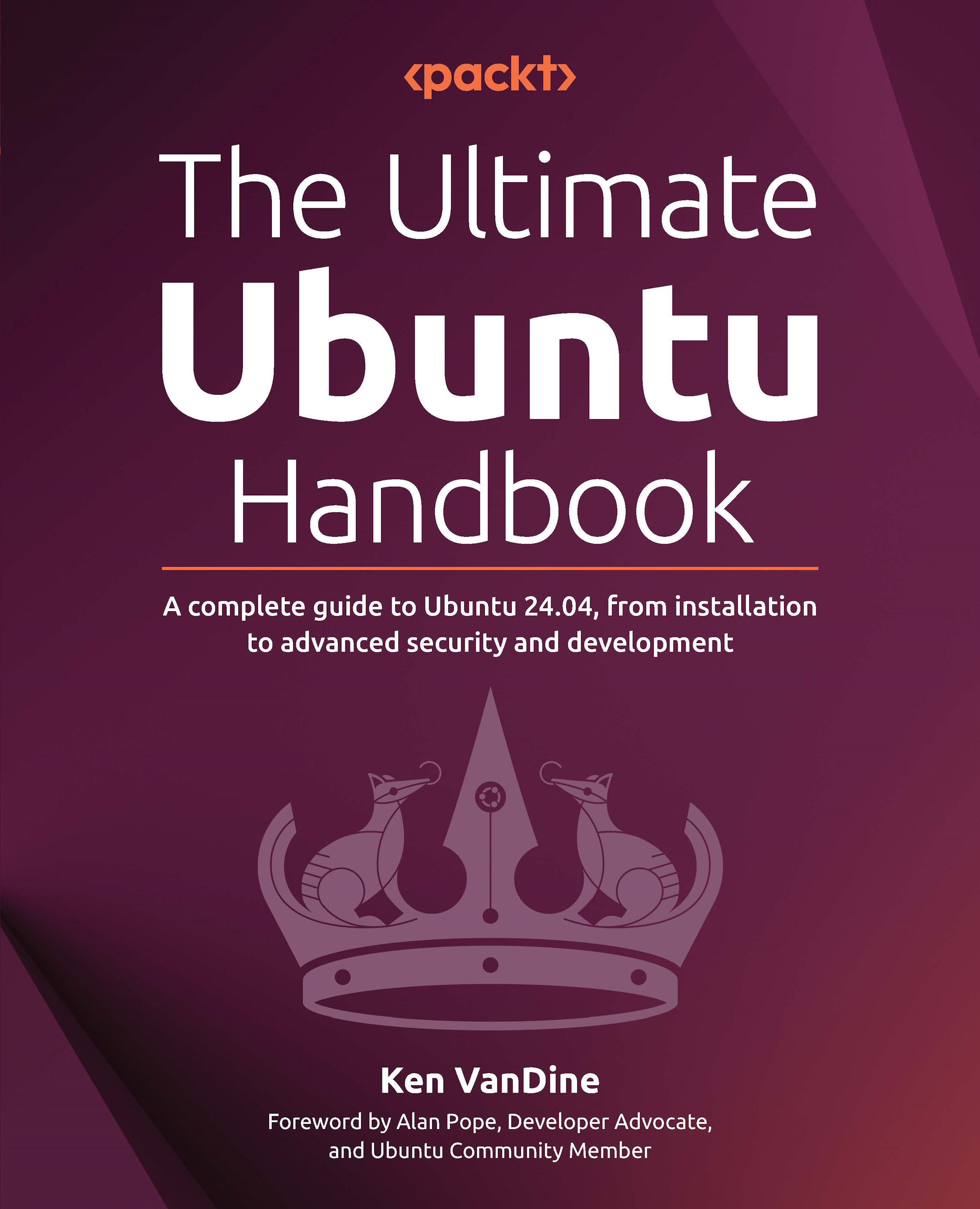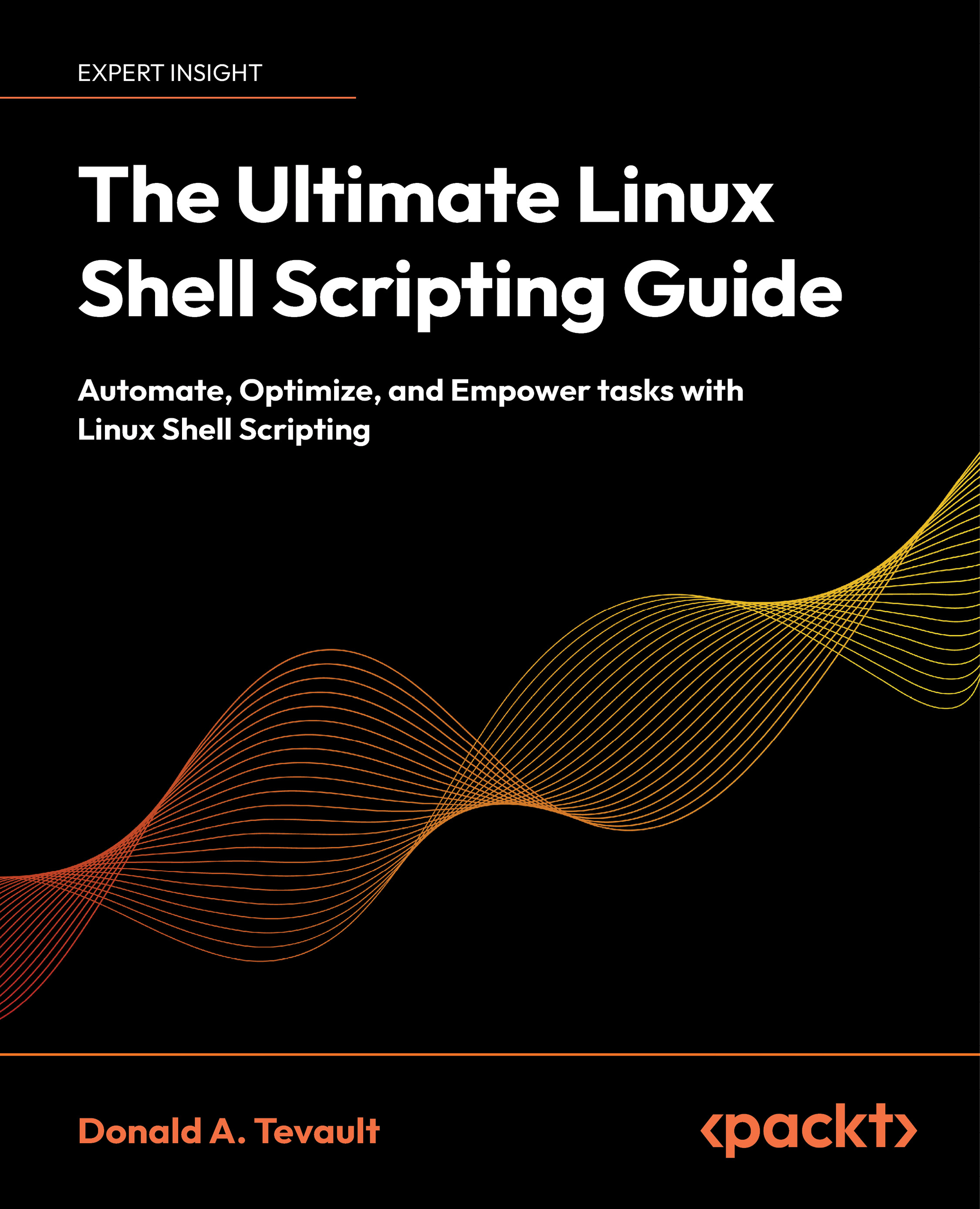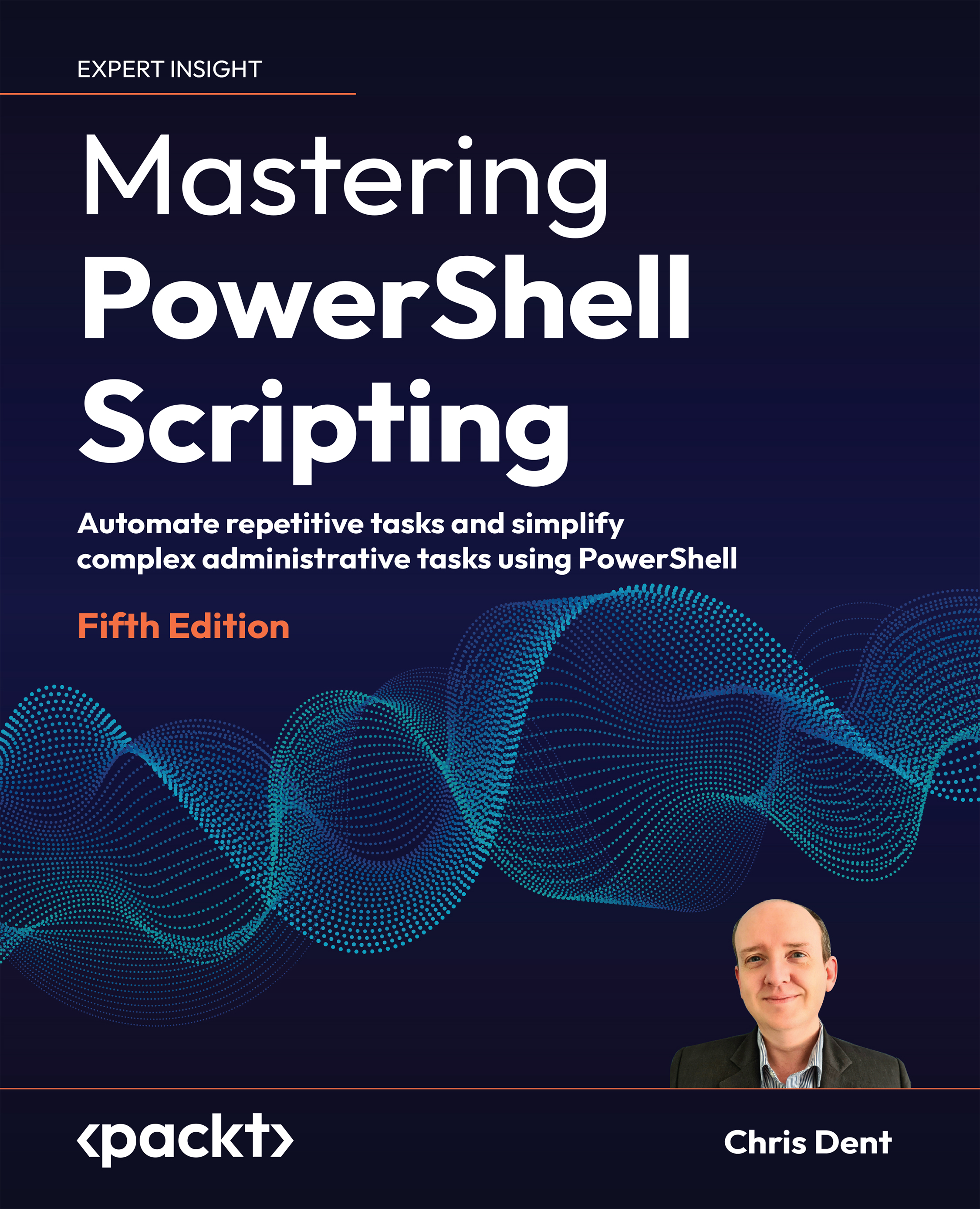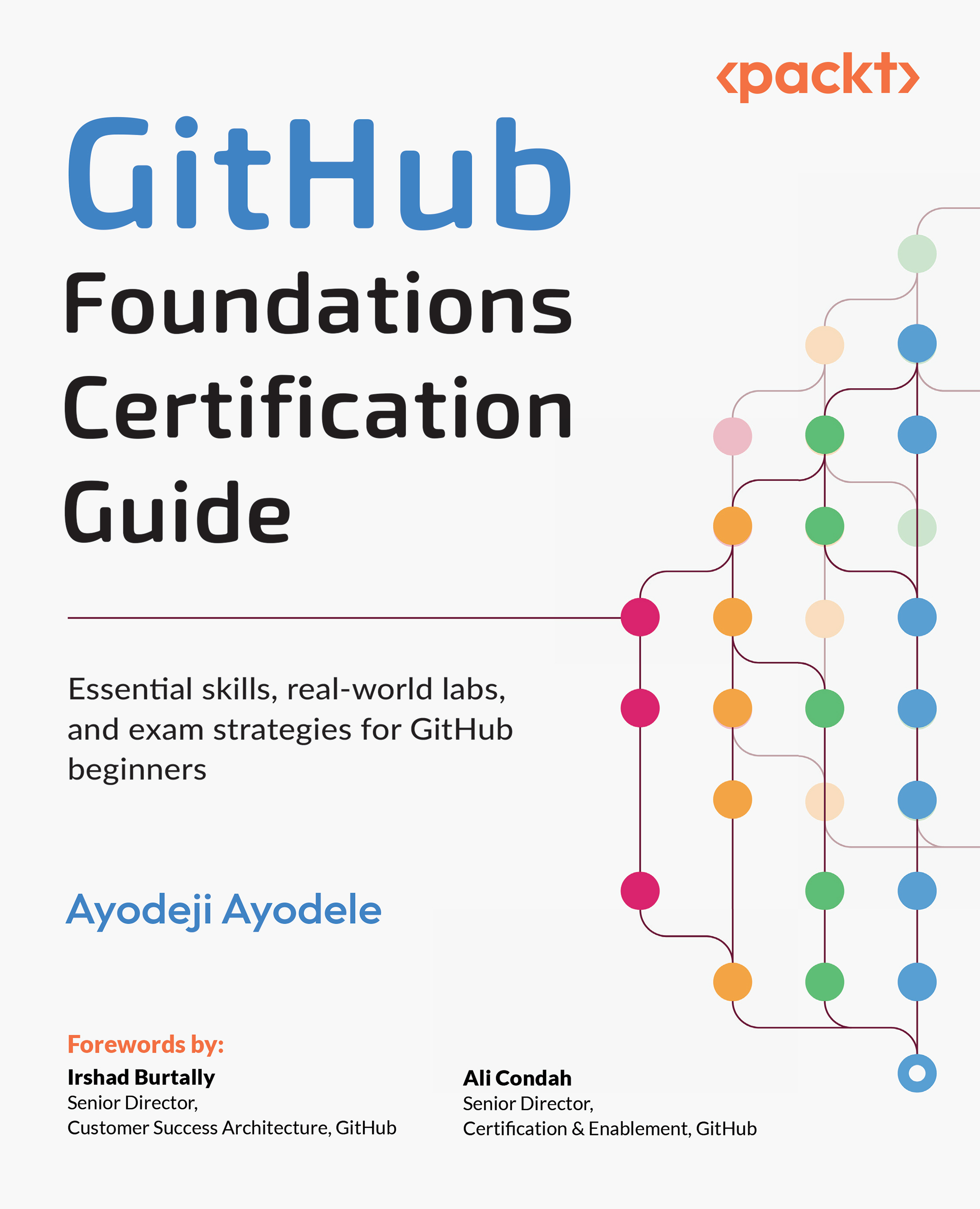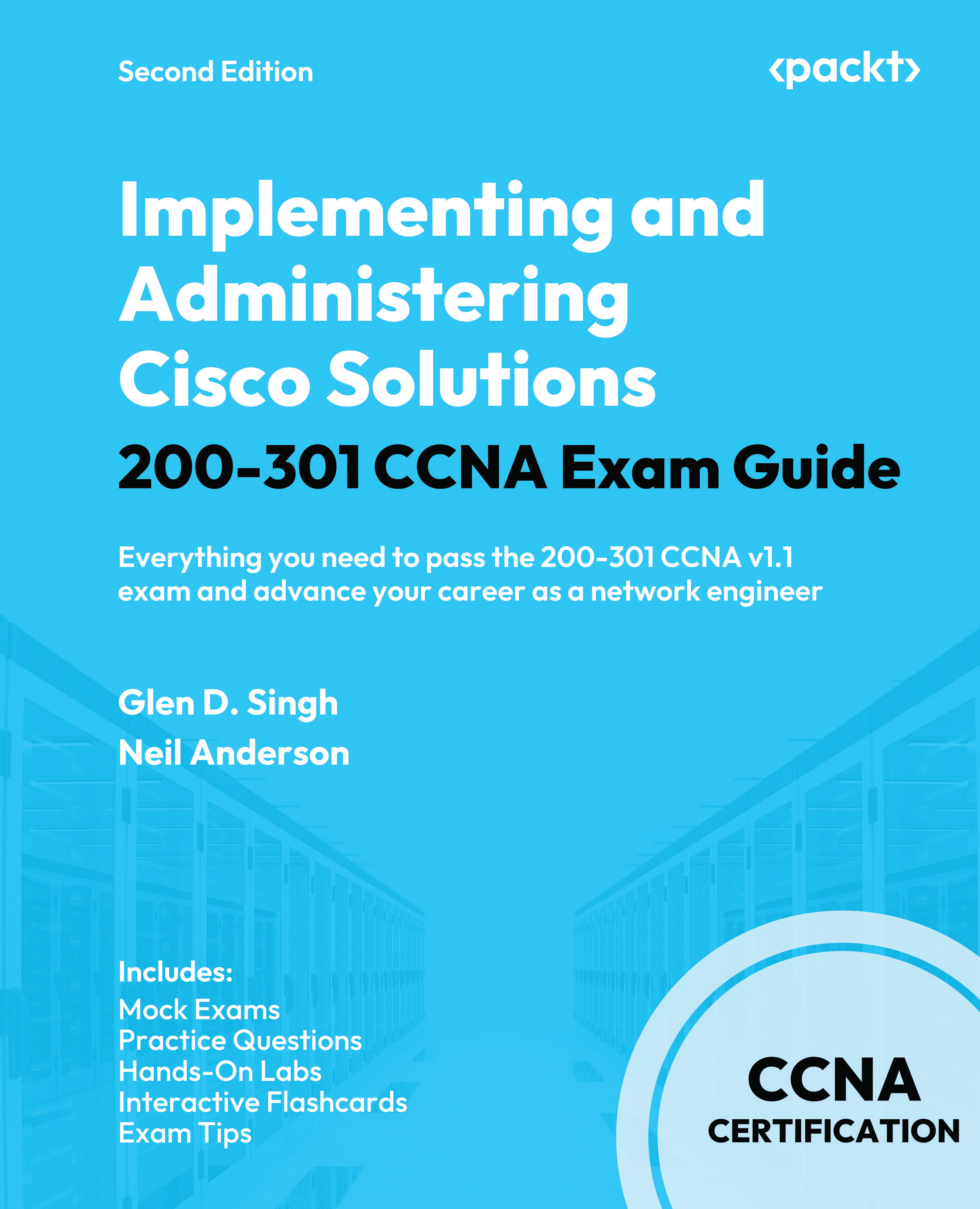The first part of the book lays the groundwork for everything that follows by introducing Ansible as a powerful and flexible automation tool, not just for networking but for infrastructure and systems in general.
You’ll start by understanding what makes Ansible different, how it fits into modern automation workflows, and why its simplicity, readability, and agentless architecture have made it a widely adopted solution across IT teams.
We will then dive into the core building blocks of Ansible: inventories, variables, playbooks, templates, and Ansible Vault for secrets management. You’ll also learn about key concepts such as conditionals, loops, and Jinja2 templating, which are critical tools for building dynamic, reusable automation.
Finally, we will explore more advanced features that enable production-grade usage: roles and collections for modularity, execution strategies for performance, and techniques for extending Ansible with custom filters and plugins.
Whether you’re new to Ansible or looking to reinforce your fundamentals, this part provides the essential skills and understanding needed to confidently automate complex environments before applying those skills to real-world network automation in the chapters ahead.
This part of the book includes the following chapters:
 United States
United States
 Great Britain
Great Britain
 India
India
 Germany
Germany
 France
France
 Canada
Canada
 Russia
Russia
 Spain
Spain
 Brazil
Brazil
 Australia
Australia
 Singapore
Singapore
 Canary Islands
Canary Islands
 Hungary
Hungary
 Ukraine
Ukraine
 Luxembourg
Luxembourg
 Estonia
Estonia
 Lithuania
Lithuania
 South Korea
South Korea
 Turkey
Turkey
 Switzerland
Switzerland
 Colombia
Colombia
 Taiwan
Taiwan
 Chile
Chile
 Norway
Norway
 Ecuador
Ecuador
 Indonesia
Indonesia
 New Zealand
New Zealand
 Cyprus
Cyprus
 Denmark
Denmark
 Finland
Finland
 Poland
Poland
 Malta
Malta
 Czechia
Czechia
 Austria
Austria
 Sweden
Sweden
 Italy
Italy
 Egypt
Egypt
 Belgium
Belgium
 Portugal
Portugal
 Slovenia
Slovenia
 Ireland
Ireland
 Romania
Romania
 Greece
Greece
 Argentina
Argentina
 Netherlands
Netherlands
 Bulgaria
Bulgaria
 Latvia
Latvia
 South Africa
South Africa
 Malaysia
Malaysia
 Japan
Japan
 Slovakia
Slovakia
 Philippines
Philippines
 Mexico
Mexico
 Thailand
Thailand
